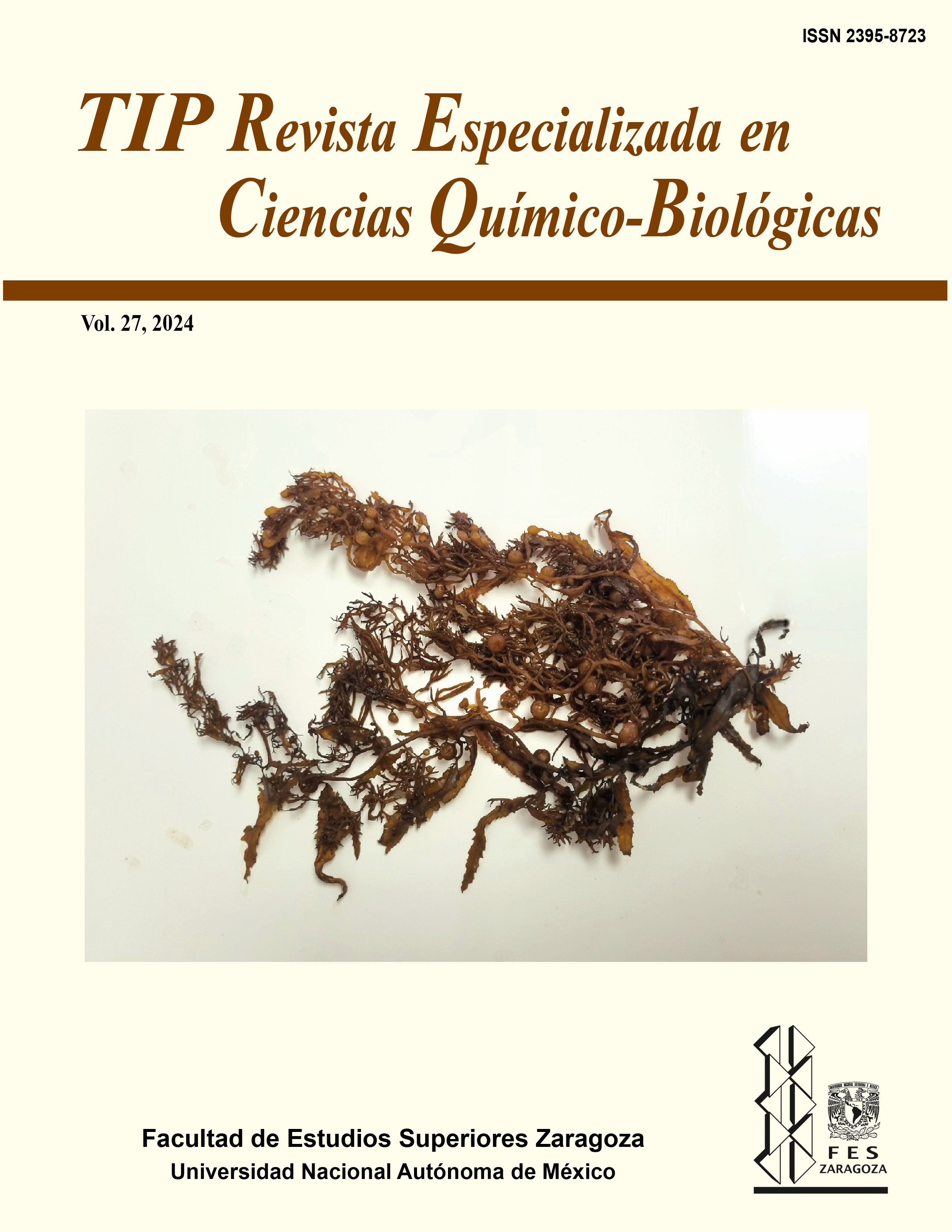Abstract
Interest in farming and using brown algae of the genus Sargassum is spreading. Some species inhabit the Mexican seas that may be good candidates for sustainable use. However, it is essential to assess them first. This work studied the temporal variation in Sargassum sinicola Setchell & Gardner’s chemical composition from Guaymas, Sonora. The proximal composition and the macro and microelement analysis of S. sinicola collected in three years (2017-2019) were obtained. The highest concentrations of protein (10.15 ± 0.1%), ether extract (3.1 ± 0.04%), and crude fiber (13.1± 0.21%) were present in March, while there were annual variations (p < 0.05) in protein and mineral content. The seaweed is rich in potassium (~39-40 mg/kg) and calcium (~31-33 mg/kg) and has an iron content (~220-230 mg/kg) similar to that of other farmed sargassum species. The temporal characterization is a preliminary step for assessing S. sinicola and must be completed with additional studies to establish its possible uses in human food or animal feed.TIP Magazine Specialized in Chemical-Biological Sciences, distributed under Creative Commons License: Attribution + Noncommercial + NoDerivatives 4.0 International.



